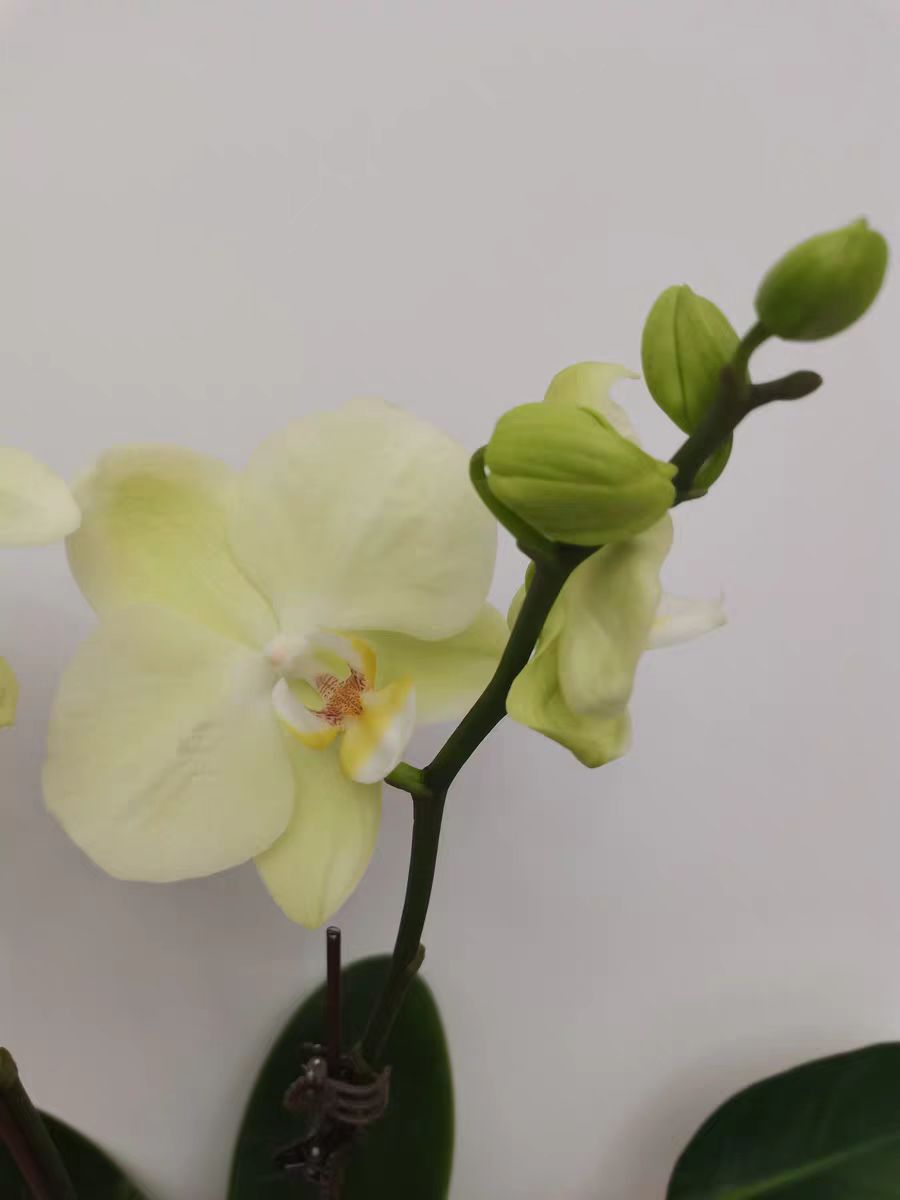Today, I recommend a niche but astonishing filler flower - Nigella damascena. Its name might sound unpleasant at first, but it is an incredibly beautiful flower that is hard to replicate. It has a beautiful sense of lines and is often used as a filler flower in floral arrangements, such as combined with rose and sweet pea. Additionally, the shape of its flowers is also commonly used in decoration and jewelry making.
The flower colors of Nigella damascena are dark blue or black. It features slender flowers with petals as thin as cicada wings. When in full bloom, it looks like numerous stars. Its layering is diverse, just like the stars in the night sky. The flower language represents fresh love and endless longing. Generally, its flowering period is about 5 to 10 days. It only flowers from May to July each year. After getting fresh-cut Nigella damascena, make an oblique cut at the root and put it in deep water for hydration. The hydration time is about three hours. After the flowers are hydrated, keep only 1-2 ornamental leaves and remove the others. Then, take a vase, add 1/2 to 2/3 of water, add preservatives, make an oblique cut at the root according to the height of the vase, and finally put it in the vase. Change the water every 2-3 days later, pay attention to ventilation, and avoid direct sunlight.
Nigella damascena, native to southern Europe and Western Asia, is an annual herbaceous plant belonging to the Brassicaceae family. Therefore, it is very suitable for pot cultivation. In terms of daily home maintenance, Nigella damascena requires sufficient sunlight, so it is best to plant it in a place with direct sunlight, such as a balcony or beside a window. The soil requires good drainage, is rich in organic matter, and a pH value maintained between 6-7 is most suitable.
Regarding water requirements for Nigella damascena, it is not high. It is not drought-tolerant and does not like waterlogging. Usually, watering once a week is fine, but in hot summers, it can be appropriately increased.
Finally, it should be noted that the life cycle of Nigella damascena is relatively short, usually only one season. However, its seeds are easy to preserve and can be sown again in the next season. The suitable sowing time is spring. After sowing, keep the soil slightly moist to avoid root rot caused by water accumulation. In general, as long as given appropriate light, water, and fertilizer, Nigella damascena can bloom with its unique charm at home.
In which season is Nigella damascena suitable for sowing?

Share with
Tagged in :




Leave a Reply